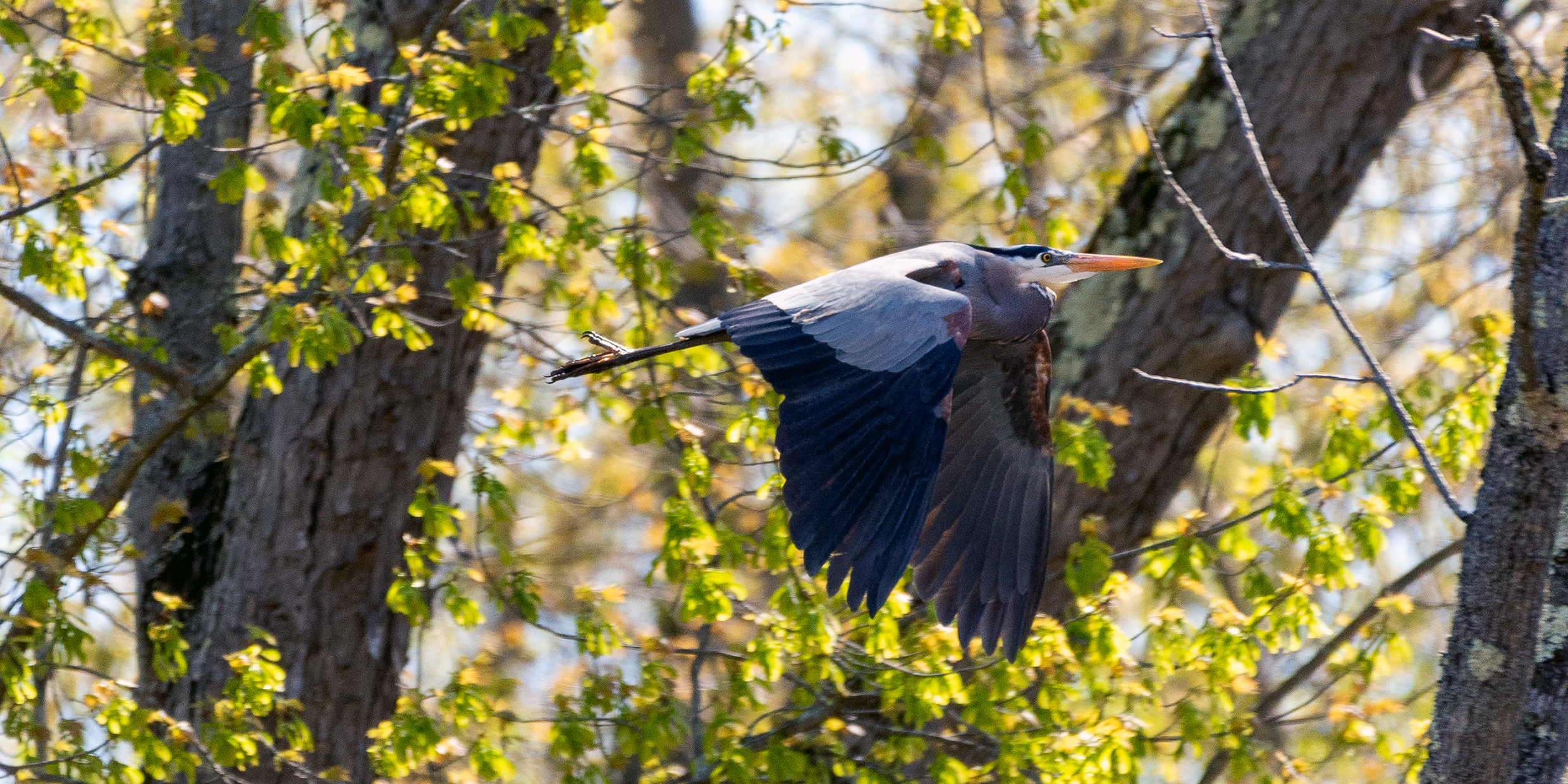Originally published 2 October 1995
Pinned to the wall above my desk is a quote I found many years ago. I can’t remember where it came from, or anything about the author except that his/her name is Dixon:
“If there be a skeptical star I was born under it, yet I have lived all my days in complete astonishment.”
A perfect epigraph for this column, which this week marks its tenth anniversary.
A fine epigraph for science, too, which is founded on the twin cornerstones of skepticism and astonishment.
Skepticism, in this context, is a critical reluctance to take anything as absolute truth, even one’s own most cherished beliefs. Astonishment is the ability to be dazzled by the commonplace.
The two qualities might seem in opposition. The skeptic is often thought to lack passionate commitment. The easily astonished person is sometimes seen as gullible.
In fact, reasoned skepticism does not preclude passionate belief, and astonishment is only enhanced by knowledge.
“Nothing is too wonderful to be true,” said the 19th century physicist Michael Faraday, and that is astonishment. But everything wonderful need not be true, and that is skepticism.
For ten years this column has tried to walk the line between drop-jawed amazement at the wonder of creation as described by science, and cautious skepticism about the correctness or finality of our knowledge.
More than anything else, the presiding theme of these nearly 500 essays has been this: Scientific knowledge deepens and affirms our sense of awe.
One day last week, I walked to work through meadows made misty by the heat of the rising sun. As I rounded a copse of trees and stepped onto the footbridge over Queset Brook, I startled a great blue heron that stood not eight feet away.
The heron also startled me. It heaved into the air with bedsheet wings — push, push — I could feel the whoosh of air. Neck crooked, head feathers flying like pennants, legs dangling behind like loosened mooring lines. The size of it — our biggest bird! The fierce eye. The pterodactylian beak. The effect was prehistoric.
It was like a scene from a movie—Dinosaur Island or Jurassic Park. I stood on the bridge and applauded.
I’m no ornithologist, but I know certain things about herons that anyone might know, things accumulated by generations of ornithologists working patiently in the field, and by zoologists, anatomists, paleontologists, DNA experts, and aeronautical engineers.
I know, for example, that the heron feeds on fishes, frogs, reptiles, even small mice. I know its bill shoots out like a spear from a gun to zap its prey. I know its croaky voice in alarm.
I know that our great blue heron is different from its European cousin, although to my inexpert eye they look much the same. I know also they are different from the cranes one sees in Japanese prints and bronzes, although the delicate grace of Eastern art has helped me see these birds in new ways.
I know too that the heron, like all birds, is a close relative of the dinosaurs, and that the first bird flapped feathered wings in Jurassic times.
There is nothing esoteric about this knowledge, nothing that requires a training in science. It can all be found in places like National Geographic, or the Massachusetts Audubon Society’s Sanctuary magazine, the science pages of the newspaper, or television nature shows.
All of what I have learned about herons was subsumed in that magic moment when the bird lifted into the air, trailing its toes in the still, black water of the brook. The bird was feathered by knowledge. Its six-foot wings spanned continents; their beats marked eons of geologic time. In every cell in the heron’s great balsa-light body, coiled strands of DNA performed a dervish dance that can only be imagined in the mind’s eye, spinning, unraveling, copying themselves — the miracle of life.
In earlier times, a web of myths and totemic religion would have given the bird a context of time and space, a human meaning. But the ancient myths no longer command our belief. Today, only scientific knowledge can weave the heron into a larger tapestry of meaning that includes ourselves. For better or worse, science is the defining knowledge of our time.
And what knowledge it is, grander and more God-struck than our ancestor’s anthropomorphic myths! A story of sublime dimension. Tentative, evolving, and not always comfortable, but carrying us in our imaginations to the furthest reaches of space and time. That is the abiding theme of these ten years of Musings: Scientific knowledge enlivens our every experience, and tunes us into the deepest mysteries of creation.
That morning I stood on the foot bridge and gaped as the dinosaurian relict pounded the air, seeing deeply into a world not altogether my own, completely astonished.




Found a book of yours, Skeptics and True Believers, in my bookcase. Old copy, apparently bought used. By whom I’m not sure.
Pure poetry. I’m blown away. Fearful of moving on to the next chapter lest the elegance of the current one fades from my memory.
Why have I not run into you before.? Thanks so much,
Margaret